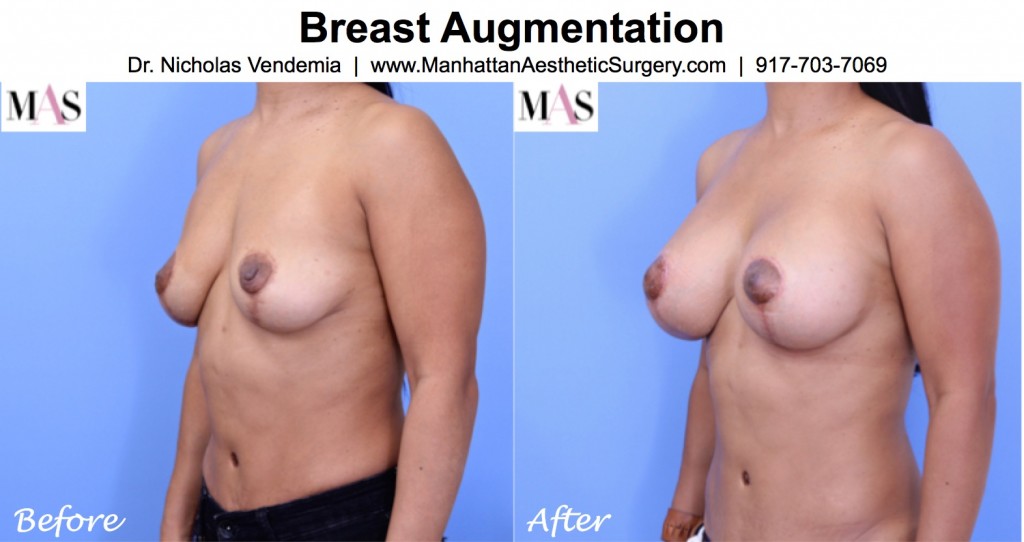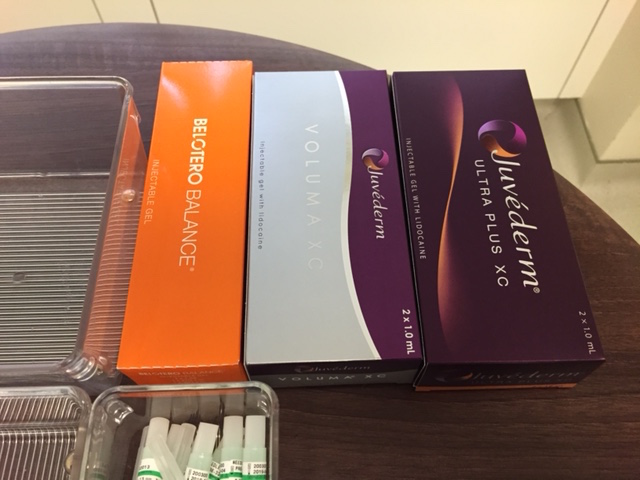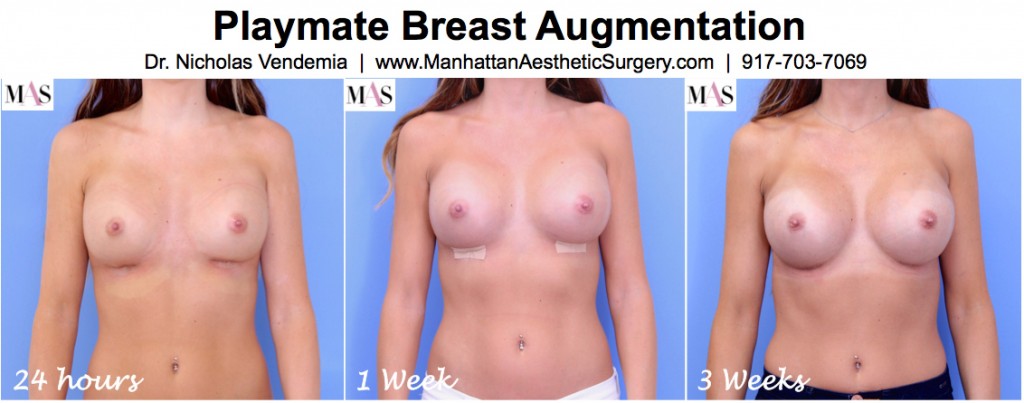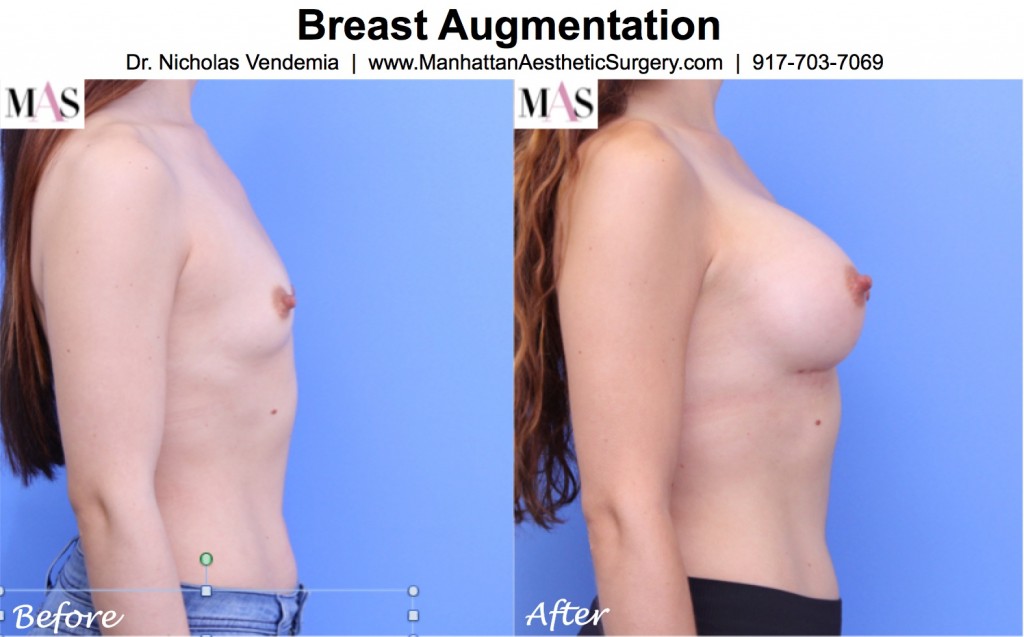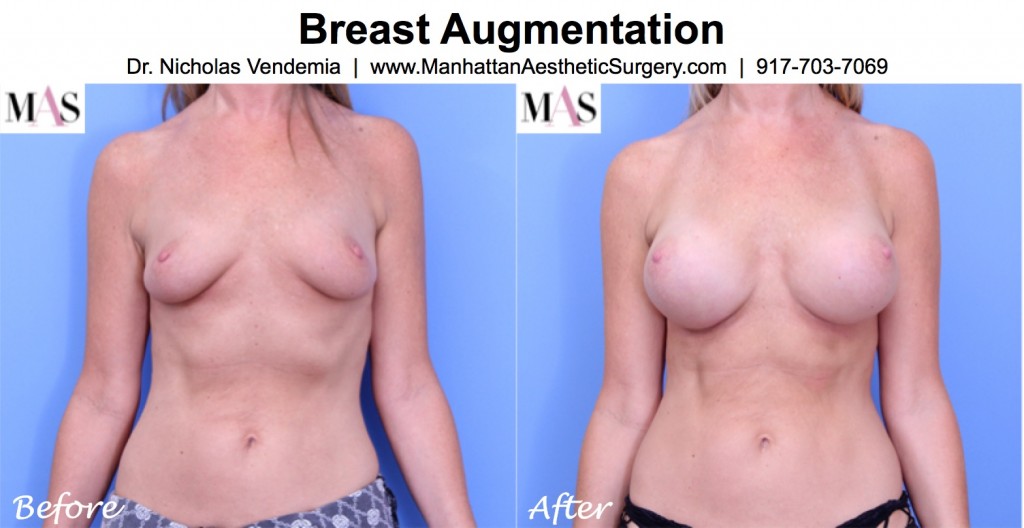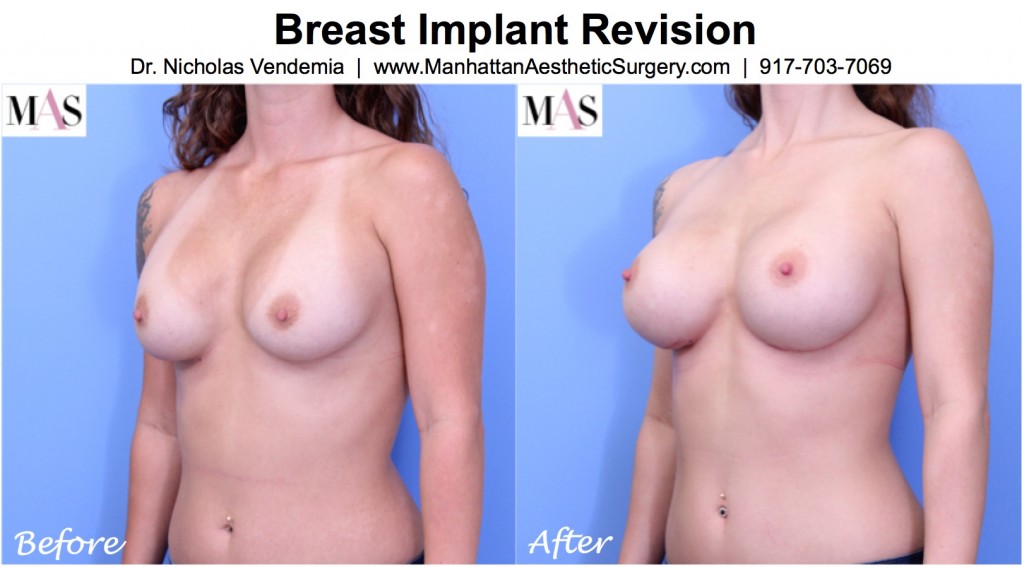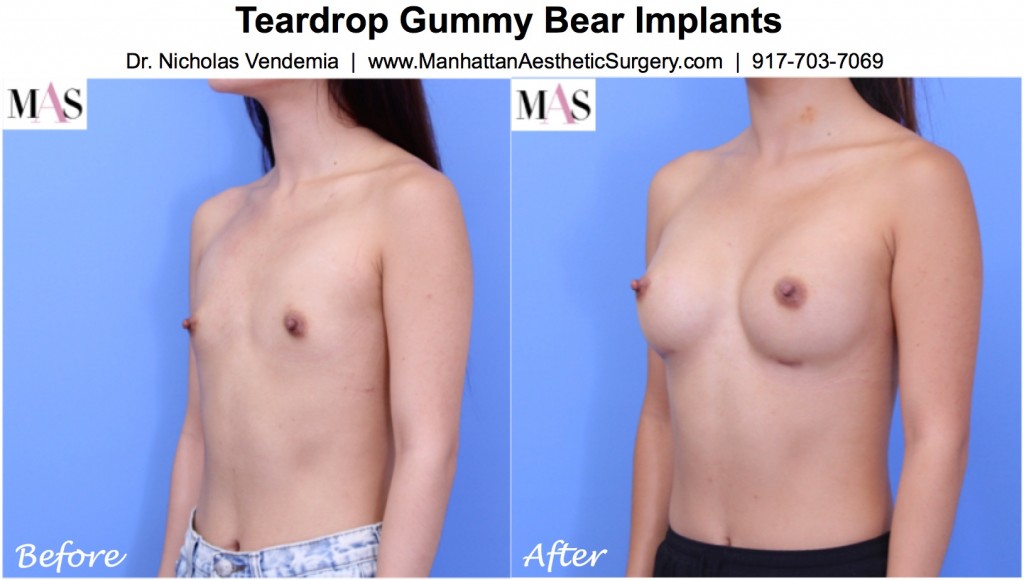 A recent article on Doximity.com offered some excellent advice for those of us who suffer from migraine headaches, but ironically left out one of the simplest and most effective treatments… Botox.
A recent article on Doximity.com offered some excellent advice for those of us who suffer from migraine headaches, but ironically left out one of the simplest and most effective treatments… Botox.
Using Botox to treat migraine headaches remains a dramatically underutilized approach for a variety of reasons. Many people aren’t aware that this is a treatment option, or even if they are they find it difficult to find enough information to make an educated decision about whether or not Botox will work for them. There are also great variations in dosing and technique between different physicians, so it’s often difficult to judge how effective the treatment is.
Botox for migraine therapy is quite popular in our practice, and we’ve had such an excellent success rate with treating even the most severe cases, that we thought it would be beneficial to outline the excellent advice set forth by several migraine researchers across the country in the above referenced article, and to briefly discuss what we feel to be the most effective treatment out there.
Keep reading for more information about what you can do to decrease the frequency and severity of your migraine headaches…

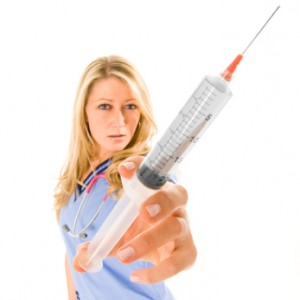 ATX-101 (also known as Kybella), which is the study designation given to deoxycholic acid manufactured by Kythera Pharmaceuticals, is an injectable substance that kills fat cells and is being marketed as a potential magic bullet for double chins. The product recently got it FDA approval for use in the cosmetic industry, but only time will tell if it proves to be a miracle worker or just another fad that fades from the market as quickly as it surfaces.
ATX-101 (also known as Kybella), which is the study designation given to deoxycholic acid manufactured by Kythera Pharmaceuticals, is an injectable substance that kills fat cells and is being marketed as a potential magic bullet for double chins. The product recently got it FDA approval for use in the cosmetic industry, but only time will tell if it proves to be a miracle worker or just another fad that fades from the market as quickly as it surfaces. 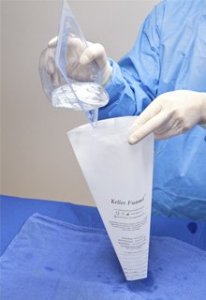 We take breast augmentation surgery very seriously here at MAS, and the Keller Funnel is a serious device for women interested in the safest, quickest, and least traumatic insertion technique for breast implants.
We take breast augmentation surgery very seriously here at MAS, and the Keller Funnel is a serious device for women interested in the safest, quickest, and least traumatic insertion technique for breast implants.
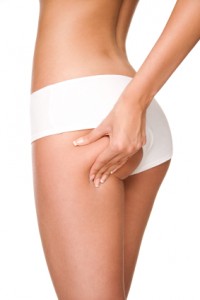 One of the most common questions we receive in our office is “What type of anesthesia is best for liposuction?”
One of the most common questions we receive in our office is “What type of anesthesia is best for liposuction?” The majority of our breast augmentation clientele is quite active, so we frequently field questions about getting back to the gym and other physical activity after surgery.
The majority of our breast augmentation clientele is quite active, so we frequently field questions about getting back to the gym and other physical activity after surgery.
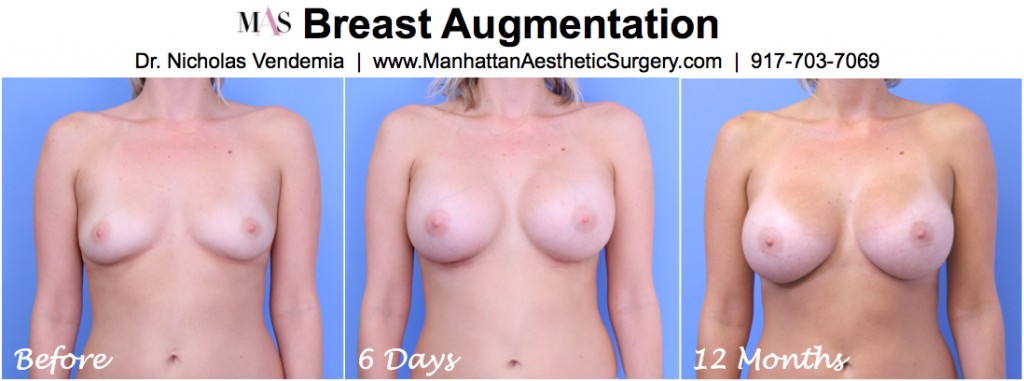 Dropping, settling, and “fluffing”, are the most common terms used to describe the single most important phenomenon in breast augmentation surgery.
Dropping, settling, and “fluffing”, are the most common terms used to describe the single most important phenomenon in breast augmentation surgery.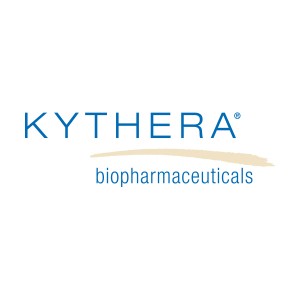
 Breast augmentation surgery is a big investment, and it’s important to protect that investment after the procedure with a top-quality bra that fits and supports that way a good bra should.
Breast augmentation surgery is a big investment, and it’s important to protect that investment after the procedure with a top-quality bra that fits and supports that way a good bra should.
